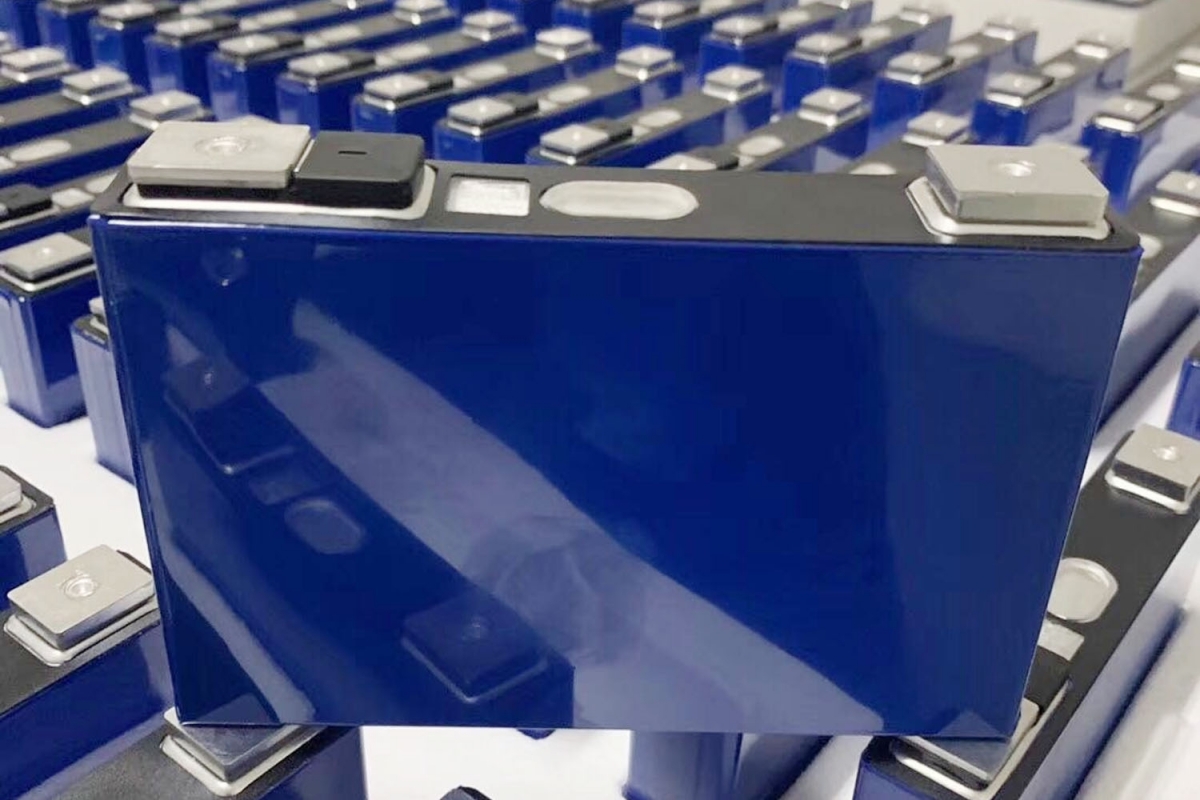- 09
- Nov
How to know the battery cells quality
Many customers are confused about the quality standard of lithium ion battery cells. some Claim that they are class A and class B. What is the standard? How about the manufacturer Define each level? Today, we will share with you some things about quality grade. Quality grade: Class A: all parameters (voltage, capacity, internal resistance, self discharge rate Size, etc.) within the required range.

Sometimes, there are different standards Range sort level a + and A-level battery cells Level B: some parameters are higher or lower than the standard range (high Self discharge rate, low capacity, high internal resistance, appearance default, etc.) Level C: some manufacturers will define the cell that exceeds the self discharge rate As level C Used cells: remove from device So what causes the cells to be classified into different levels? There are some factors Affect the performance of the final product in the manufacturing process. Manufacturing process: 1. Raw material preparation 2. Mixing 3. Coating / calendering 4. Slitting 5. Winding / assembly 6. Formation / capacity 7. Aging / sorting Factor 1 – raw materials The anode material is different from the cathode material. High purity of raw materials The reliability and performance of the cell. The latest company news about cheap batteries Part 1 – class a vs class B? What is a class B lithium ion battery cell? 0 Factor 2 – mix The anode material and cathode material will be mixed separately in the tank. and The uniformity of material mixing also greatly affects the final product. The latest company news about cheap batteries Part 1 – class a vs class B? What is a class B lithium ion battery cell? one Factor 3 – Coating / calendering After mixing, apply the material to a piece of foil. Anode material pasted on The aluminum foil and cathode material are pasted on the copper foil. And there are restrictions The coating technology produces materials that cannot be evenly distributed. The latest company news about cheap batteries Part 1 – class a vs class B? What is a class B lithium ion battery cell? two Factor 4 – slitting Because the mixed material is coated on a foil up to one meter wide. So accurate Cutting has a far-reaching impact on ensuring the correct self discharge of the cell. after When cutting, the two edges of aluminum foil will leave some notches, which is at risk of puncture Separator between anode and cathode pad. Then lead to internal Short circuit and higher self discharge. This is also a very important reason Cause the battery to explode. The latest company news about cheap batteries Part 1 – class a vs class B? What is a class B lithium ion battery cell? three Factor 5 – winding / assembly In this process, it is not easy to inject exactly the same volume of electrolyte into the body. Battery unit. Therefore, this is also a factor affecting the durability of the final product. The latest company news about cheap batteries Part 1 – class a vs class B? What is a class B lithium ion battery cell? four Conclusion: For all the above factors, no two battery cells are exactly the same For all parameters, the manufacturer or customer will define a standard parameter range A batch of battery packs. And different batches of products have different standards. After activating the finished cell by chemical forming process. manufactured goods The cells within the standard parameter range are classified into class a cell group. and For those beyond the specified range, the factory classifies them as unqualified Battery pack. Those batteries can’t meet the vehicle level standard Homogenization. However, some customers find it suitable for single battery or small series / parallel Use after appeal. I.e. class B / C battery cell. Which ratio Class A cells. Note: in any case, due to evacuation factors, including battery size, weight Inventory time, voltage, capacity, internal resistance, self discharge rate, etc, Even after asking for help, there is still a risk of using class B batteries.
